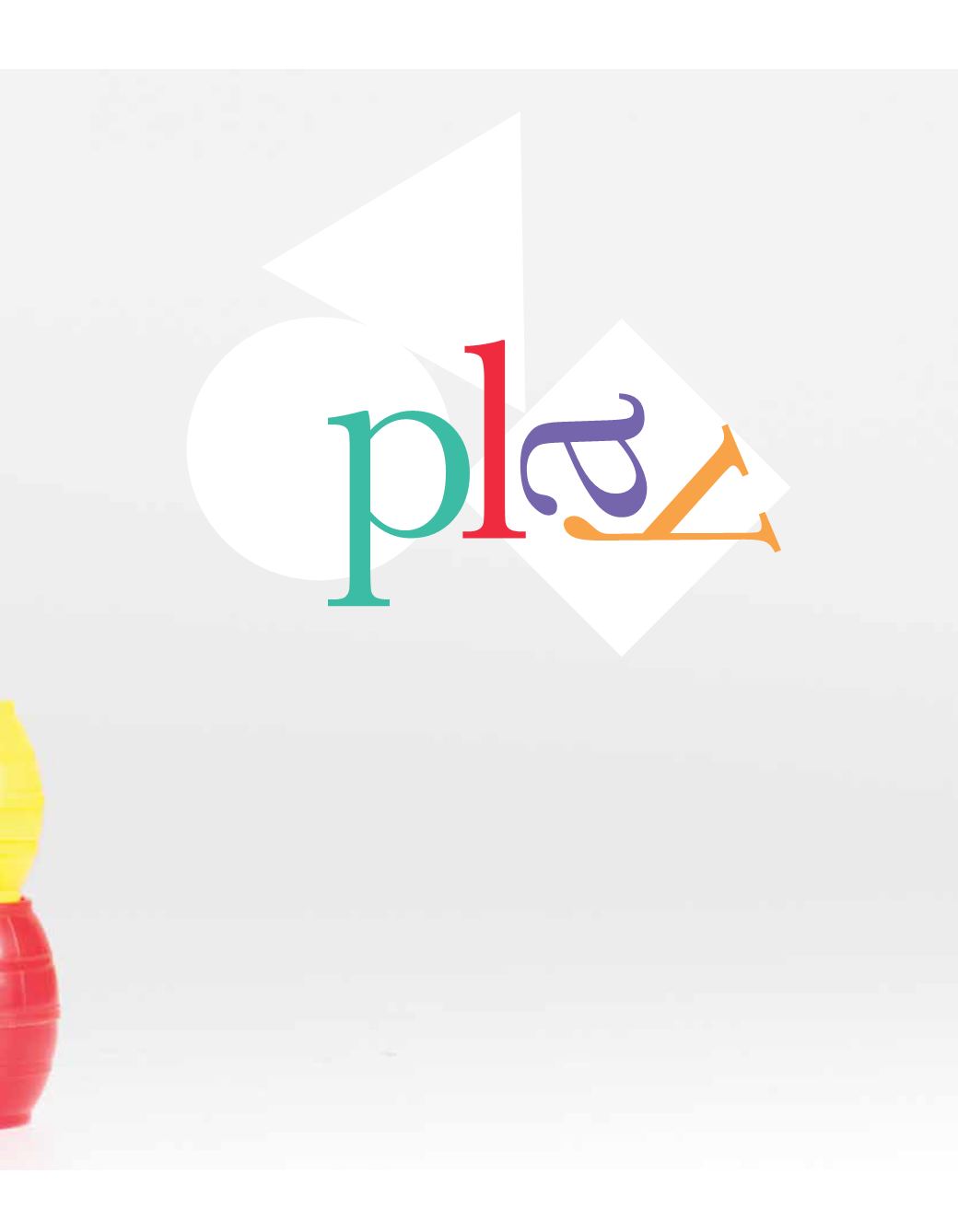
T
here are a lot of great
minds that have come
together in their
appreciation of play. Plato
said, “You can discover more about
a person in an hour of play than in a
year of conversation,” and designer
Kate Spade contributes that, “Playing
dress up begins at age five and never
truly ends”. Albert Einstein concludes,
“Play is the highest form of research”.
And as a play therapist, I happen to
think there is a lot that we can learn
about a child through play.
Early connections
We use play to connect to our children
from the beginning. Simple games
such as peekaboo show our child that
when we leave, we also return, which
is an important message of security
that a baby needs. We sing songs to our
Play performs a vital role in children’s
lives, says play therapist
Cheryl Shanahan
.
Child’ s
children to lift them up or calm them
down. Singing can create a loving
ritual or soothe a crying child. When
a child smiles and we smile, we are
communicating without words.
Play is about a process that builds
a connection. Play has the power to
strengthen relationships. When parents
play with their child they enter their
world, speak their language, and
communicate that they matter and
are worthwhile. It is the little moments
that are meaningful. It’s the simple
exchanges that take place. Play does
not need to be scheduled, planned or
forced. It just happens when you take
the time to slow down, be present,
and tune in to your child. This means
no checking emails, playing Candy
Crush, answering a call or sending that
message you’ve been meaning to send
for days!
How can parents make the
most of play?
Let’s consider shifting play from
being adult-directed, taught and
product-driven to becoming child-
led. We can empower our children
by stepping back and allowing them
to lead the way, to let them explore,
create and experiment through play.
When a baby babbles and we babble
back, we’re following their lead. We
can respond by using similar tones,
eye contact and facial expressions. A
connection is being established as the
baby begins to understand that their
voice has meaning and that someone
is listening to the sounds they make.
This encourages an infant to continue
attempts to communicate by leading
conversations. This back and forth
becomes a way of strengthening your
bond with your child.
April 2015
41


